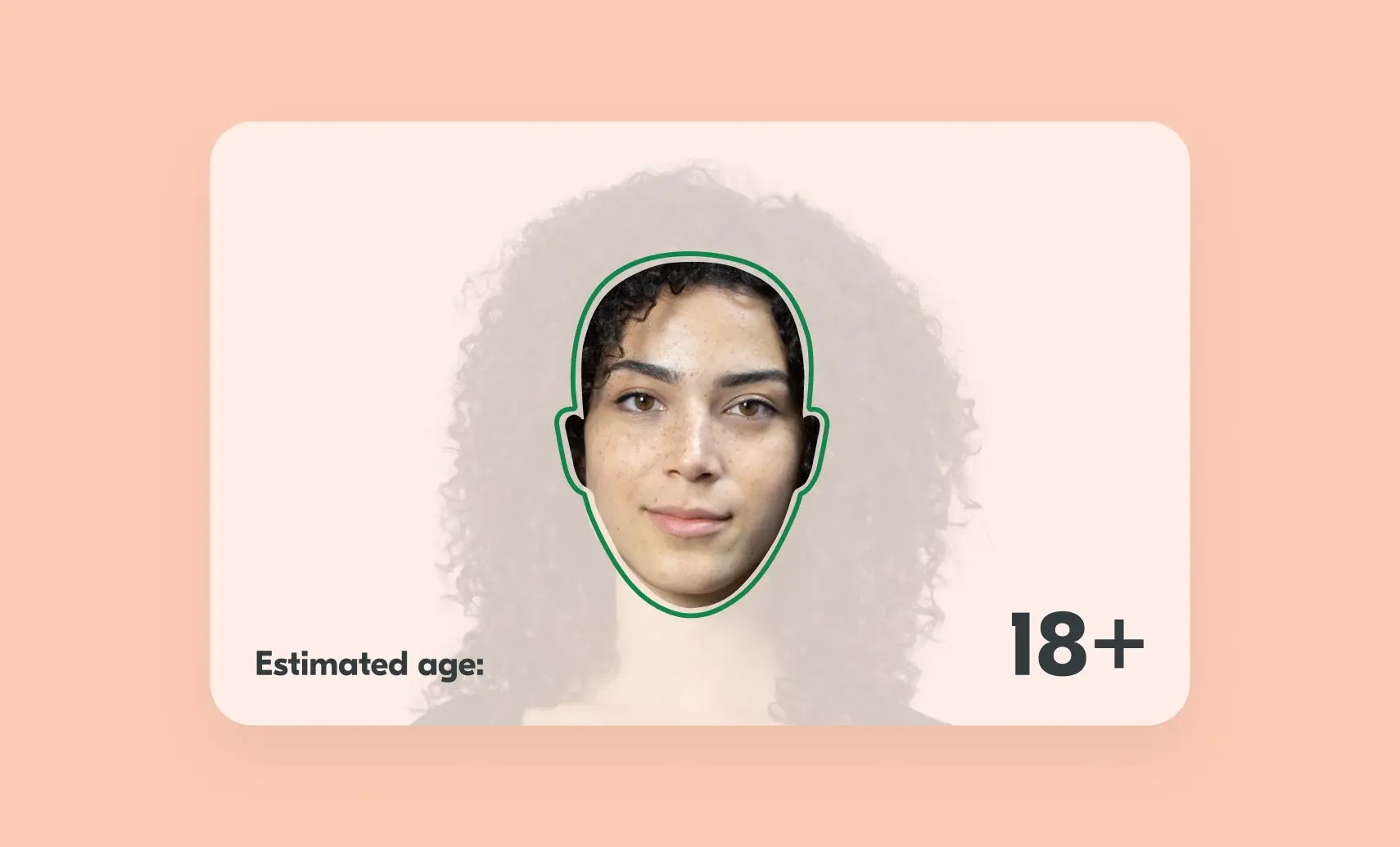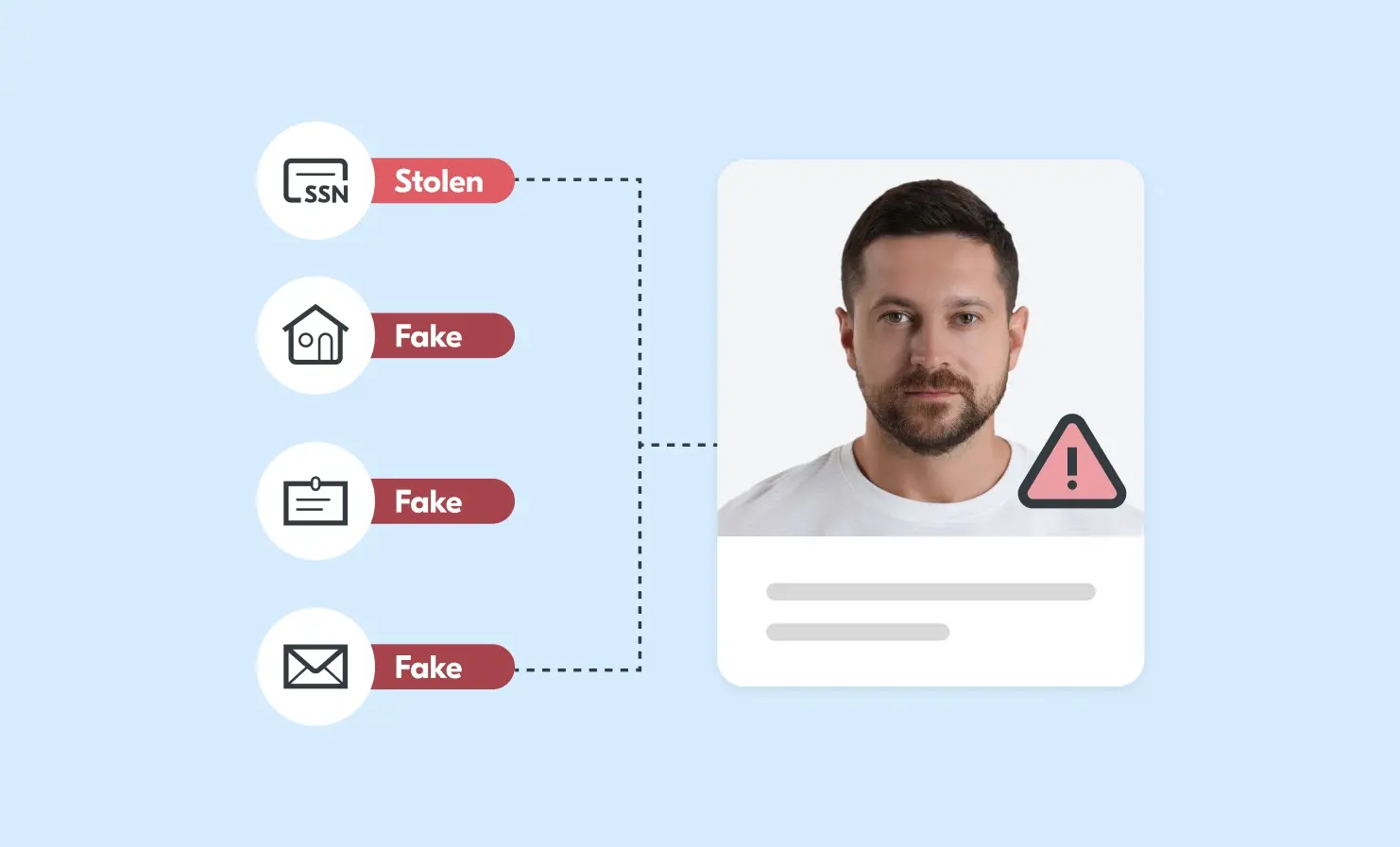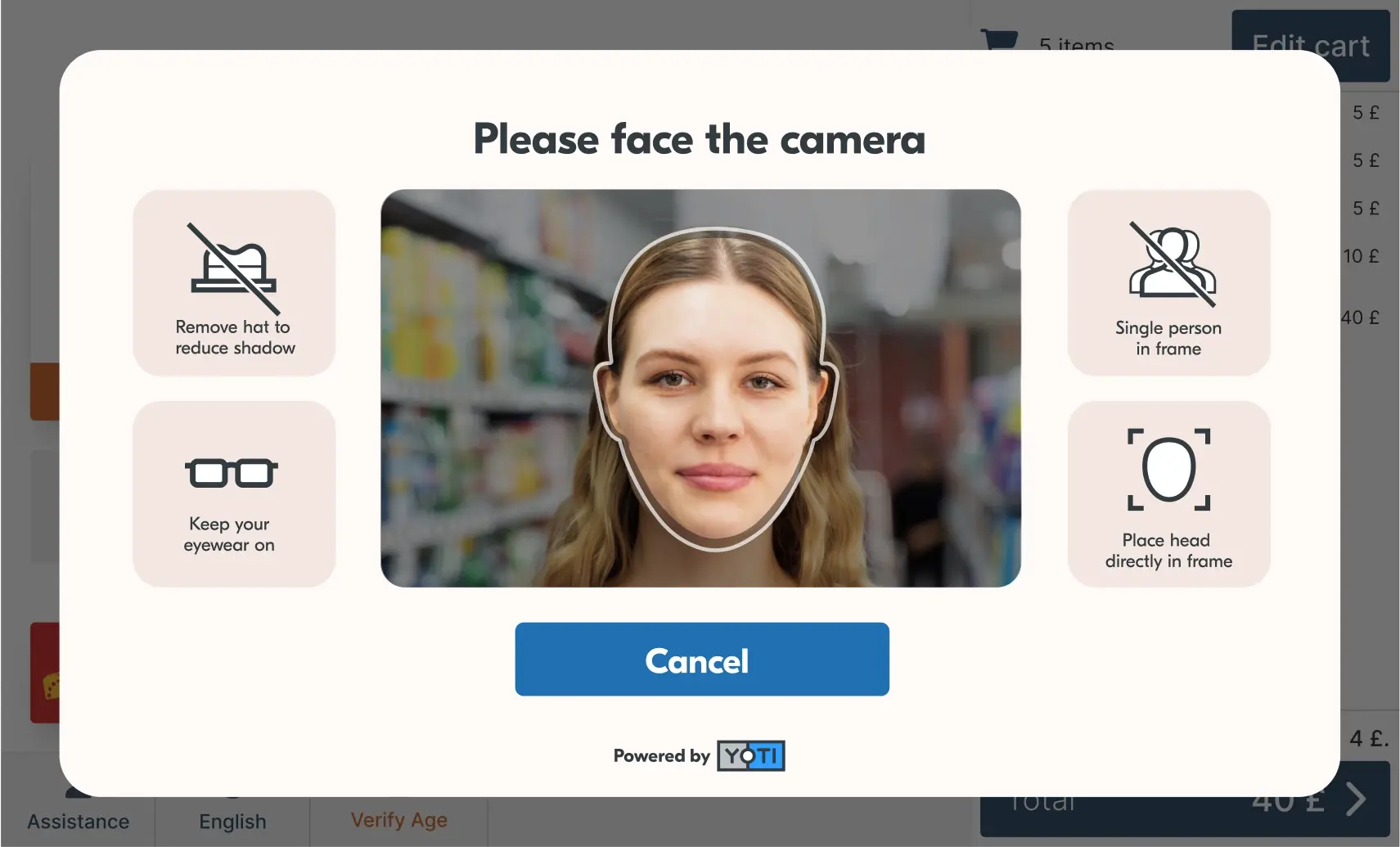Business
How accurate can facial age estimation get?
Facial age estimation using machine learning has advanced significantly in recent years. But, a common and fair question still arises: How accurate can it really be? Can a system look at your face and accurately guess your age, especially when humans often get it wrong? The short answer is that it’s very accurate – but not perfect. We explain why. The myth of 100% accuracy It’s important to set realistic expectations. No facial age estimation model can achieve 100% accuracy across all ages. Human aging is highly individual and shaped by many external factors, especially as we get
What is synthetic identity fraud? How it works and how to prevent it
What is synthetic identity fraud? Synthetic identities are fake identities, built by combining real and made-up information, earning them the nickname “Frankenstein IDs” due to their pieced-together nature. Synthetic identity fraud is different to traditional identity fraud as it doesn’t involve an obvious, immediate consumer victim. These fake profiles are designed to mimic real customers, often slipping past traditional fraud detection systems because they don’t raise typical red flags. As a result, the primary victims of synthetic identity fraud are businesses and lenders, who bear the financial losses. How synthetic identities are created and used Fraudsters combine
Why early detection is critical in stopping deepfake attacks
Digital identity and age verification are becoming integral parts of customer onboarding and access management, allowing customers to get up and running on your platform fast. However as customer verification tools become more advanced, so too are fraudsters seeking to spoof systems by impersonating someone, appearing older than they really are or passing as a real person when they’re not. Deepfake attacks, which can mimic a person’s face, voice or mannerisms, pose a serious threat to any business using biometric customer verification. In this blog, we explore why detecting deepfakes early is essential for maintaining trust, security and regulatory
"We need an army of Elliots" - why it’s bonkers we’re not using facial age estimation to sell alcohol
Let’s just get this out there: humans are not great at guessing ages. Don’t just take our word for it. Studies have proven this to be the case. Most of us reckon we can largely say if someone is under 25 using the Challenge 25 technique but when put to the test, the truth comes out: retailers do let some under 18s buy alcohol. Not always and not everyone, but some people are incorrectly estimated to be older than they really are. Let’s be honest, this is not ideal. Now, to be fair, not all humans are created equal.
Why facial age estimation, the most accurate age checking tool, shouldn’t be left on the sidelines
Many of us have been there: standing at a self-checkout, scanning our shopping, only to hit a roadblock when the till flags an age-restricted item like a bottle of wine or a pack of beer. With age verification accounting for between 40 – 50% of interventions at self-checkouts, it significantly disrupts and slows down the checkout experience. We wait for a retail worker to approve the sale. The retail worker does a visual estimation of our age – they look at our face and guess whether we’re old enough to buy the item. Most retailers follow the Challenge 25
Why testing data is as important as training data for machine learning models
When developing machine learning systems for facial age estimation, the conversation often centres on the training data: how much you have, how diverse it is, how inclusive it is, and how well it represents your end users. Not to mention, where the data comes from. Intuitively, that focus makes sense. More data presumably leads to better models. But test data is just as important, and in some ways, even more critical for ensuring models perform effectively. Training data: more isn’t always better Common sense would suggest that for a machine learning model “the more data, the better.” And that’s






